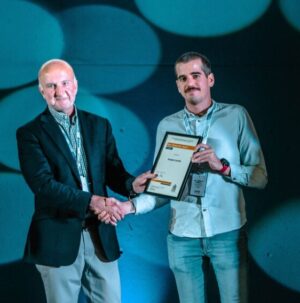Ez a tanulmány bemutatja a közgazdaságtudományi kutatói szakma területén tapasztalható nemek közötti egyenlőtlenségeket három visegrádi ország vonatkozásában. A foglalkoztatottság tekintetében a nemek közötti eltérés mértéke az élvonalba tartozó intézményekben megegyezik az Egyesült Államokban és más nyugati országokban tapasztalt mértékkel. A kevésbé előkelő helyre rangsorolt intézményekben azonban ez a különbség kisebb, sőt némely esetben a nők javára fordul át. Amennyiben az intézményi korlátok hoznak létre ilyen mintát – erre utal a korábbi szakirodalom – a tudományos intézmények befogadóbbá tételével potenciálisan megszüntethetőek lennének az élvonalba tartozó intézményekben tapasztalt különbségek. Tanulmányunkban néhány gyakorlati javaslatot vitatunk meg.










